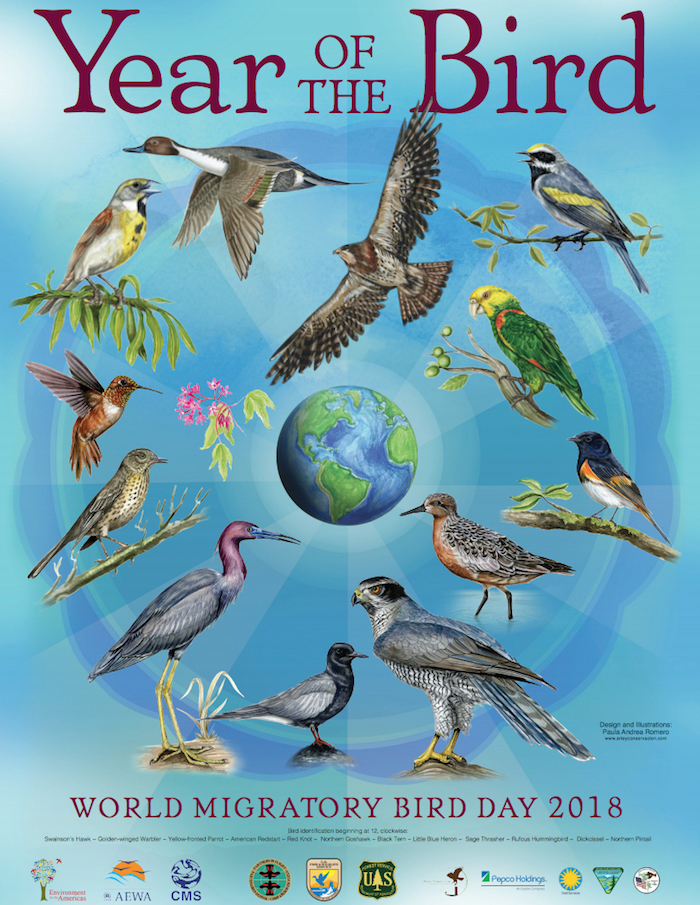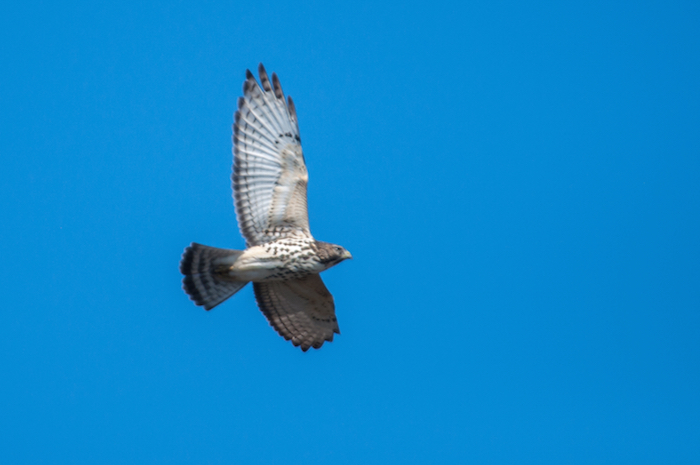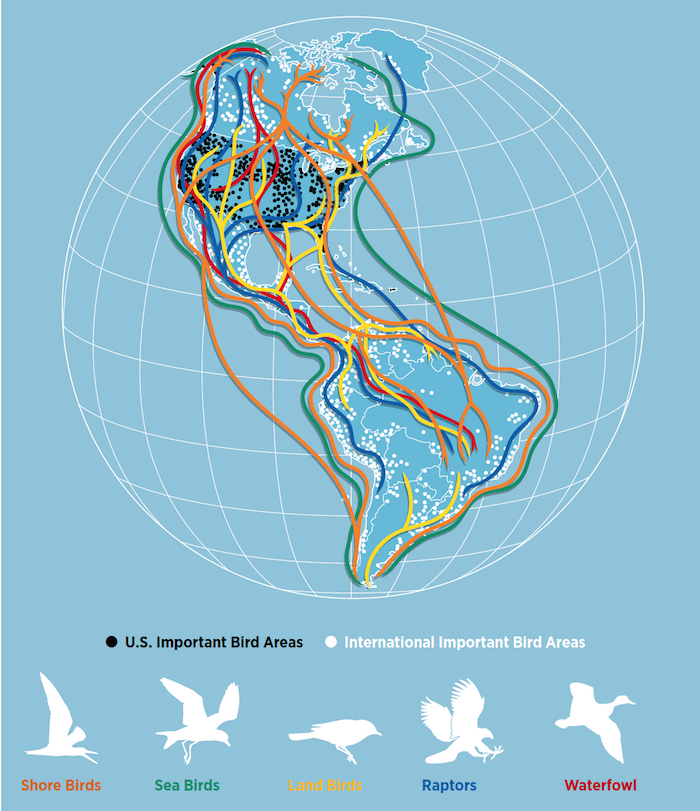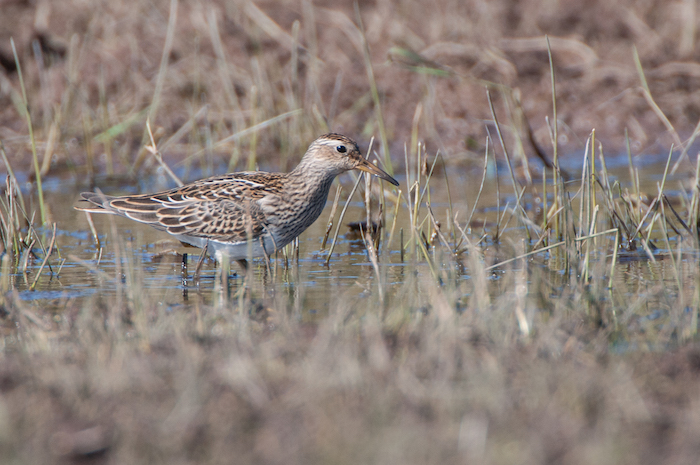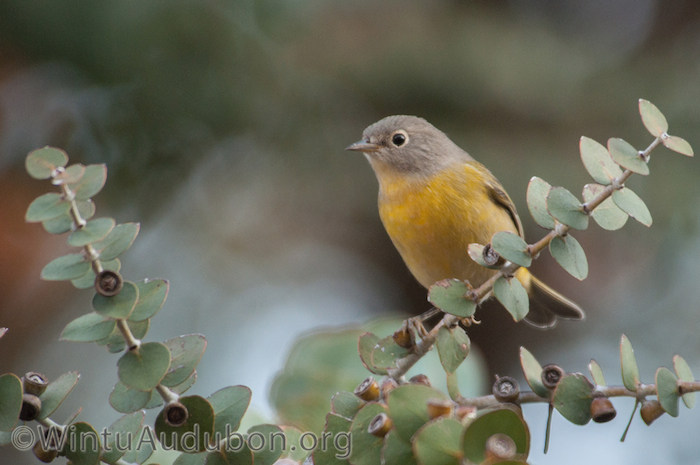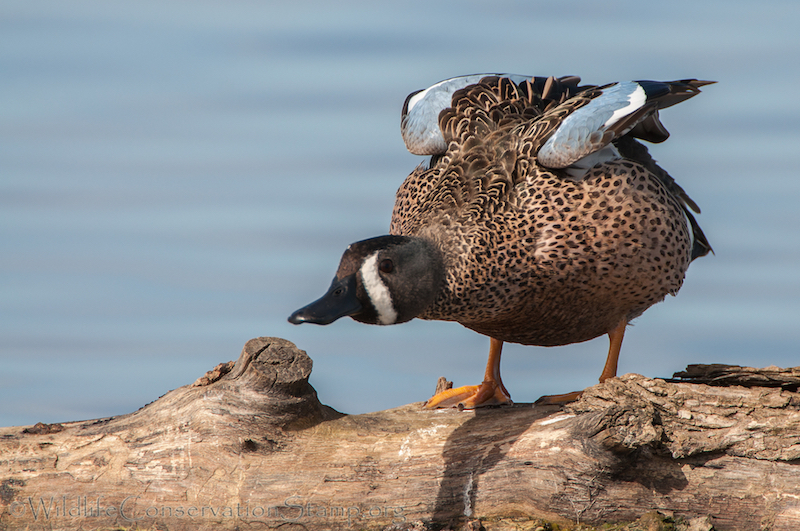
Gray Lodge’s diversity and location along the Pacific Flyway make it a haven for wildlife. Surrounded by miles of rich agricultural lands, the approximately 9,100-acre area is managed for the wildlife that call Gray Lodge home for all or part of the year. Reflective ponds, grassy fields and wooded riparian areas provide food, water and shelter for more than 300 species of resident and migrant birds and mammals. We will look for Sandhill Cranes in the flooded fields along the highway during the two hour drive to the refuge. Meet at the Kutras Park parking lot at 6:30am to carpool or at parking area 14 at the refuge at 8:30am. Bring a lunch and water as it looks to be in the high 80’s by the afternoon.
A CDFW Lands Pass must be in possession by each visitor who is 16 years of age or older, however, visitors who are in possession of a valid California hunting or fishing license in their name are exempt from this requirement. Lands passes may be purchased on-line, by phone at (800) 565-1458, or in-person at locations wherever hunting and fishing licenses are sold. They are also available in the parking area at Gray Lodge for $4.50.
All participants, ages 5 and older, must provide proof that they are fully vaccinated against COVID-19 or provide evidence of a negative COVID-19 test within 72 hours prior to the field trip.

